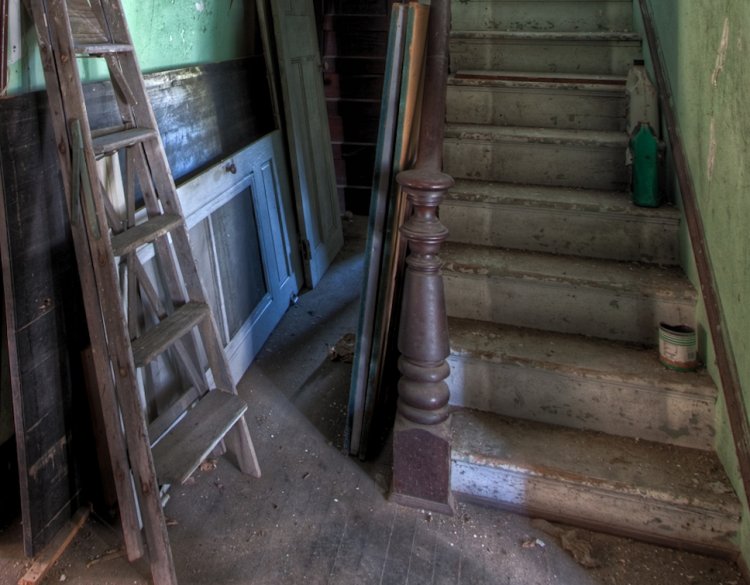
Internal design fashions, as with clothes, change over time. Much of the internal design fashions, however, are derived from a more practical need rather than pure aesthetics. This is very much the case with Stair Rods.
During the latter years of the 18th century, stair rods were predominantly the preserve of the Lower-Middle to Upper Middle Classes. These Victorian homes often contained plain wooden stair cases partially covered by runner carpets that provided both a design statement and warmth, without carpeting from wall to wall. The stair rods installed ensured the runner carpets were held securely in place, helping to prevent home owners and guests alike from tripping and falling down the stairs. In addition, the installation of the stair rod, allowed the householder to easily lift the carpet runner to reduce wear, fading and ultimately attempt to prolong the life of the carpet.
Far from desiring a simple design, the more well-healed families desired more decorative and therefore more opulent stair rods. Crafted metal designs including brass stair rods with more intricately designed rod ends to help meet this design need were introduced. This was a sign of things to come.
The use of stair rods was wide spread until wall to wall carpeting became popular during the 1950’s. It remained this way until internal design fashions came full circle during the 1980’s, and has continued right up to the modern day. However, stair rod designs have evolved with new trends and contemporary design needs being met with the increasing use of elegant brass stair rods and improved manufacturing techniques.
Long gone is the need to lift the runners and carpet installations have improved significantly to ensure safe adhesion, therefore stair rods are finally a purely decorative style statement.

